My parents had good intentions, I guess, but the company that sold them this bad boy probably didn't. After blowing a fuse at their place, I noticed this box hooked up to the breaker panel. It was hooked up to a 50 amp breaker which led to the stove. I removed it shortly after I explained that there is no magic box to cut power bills, and they received a full chargeback through their credit card company when the installer of this device didn't even dispute that it was a scam. Not to mention, the way it was tied into the panel was not even close to being up to code - 2 wires into one breaker, one was stranded. They also charged just under a hundred bucks to wrap our hot water tank in bubble wrap. Sigh. The total was somewhere near $1500. I feel terrible for the folks who bought this and didn't know any better.
Anyways, that doesn't stop the curiosity. Obviously nothing useful, but what could this thing have possibly done? I think I see diodes, caps and resistors.. so I'm thinking maybe there's a transformer in that cylinder and maybe this is a power supply for the light on the box? Or maybe that's not an LED and none of this stuff does anything at all. I'm a little scared to open up the large cylinder. If you guys give me the go-ahead, I'll cut that open too. The company was called SolarTEK, and no, they don't do solar. Gotta hand it to them though, pretty decent production quality.
EDIT: Below it was suggested that this could be a power factor correction unit. Regardless of the usefulness of that at all in this context, this makes me wonder:
Would such a device have functioned, being hooked up to only one circuit in the breaker?
I saw an image while researching these capacitors that suggests on physical expansion of the capacitor, it breaks a fuse. Is that a type of surge protection? What would it take to trigger that? And if so, with this literally hooked up in-line with a stove, that couldn't possibly have protected the entire house from an actual surge, could it?

